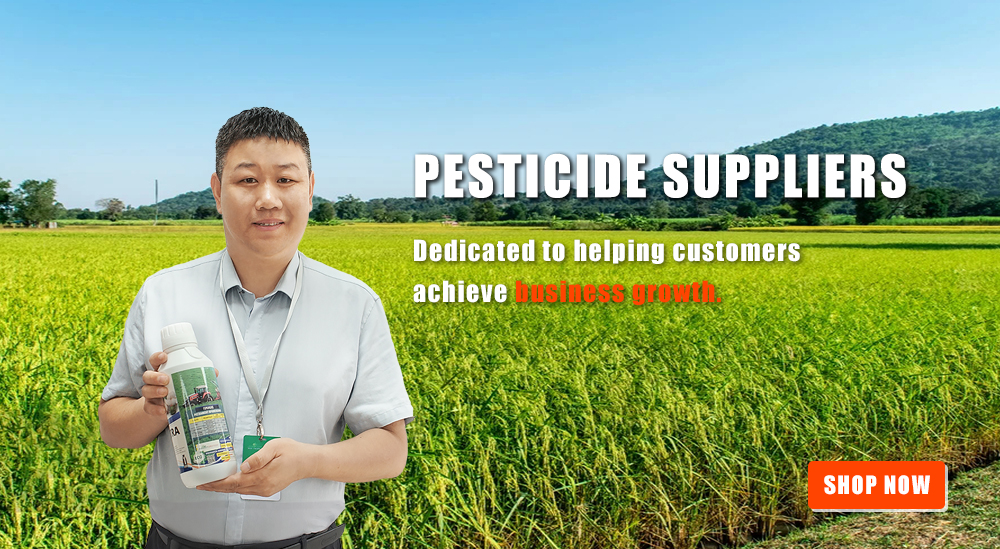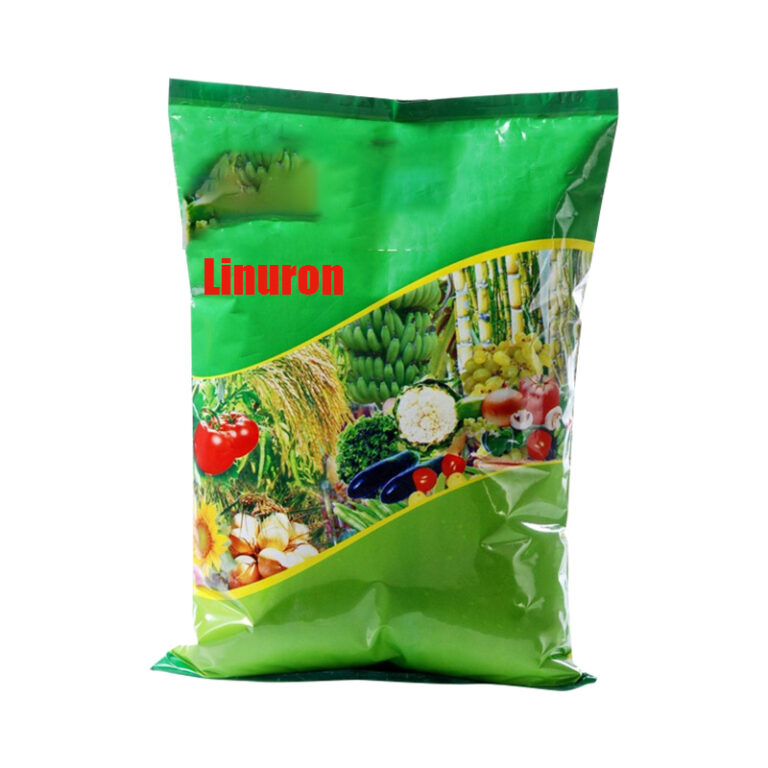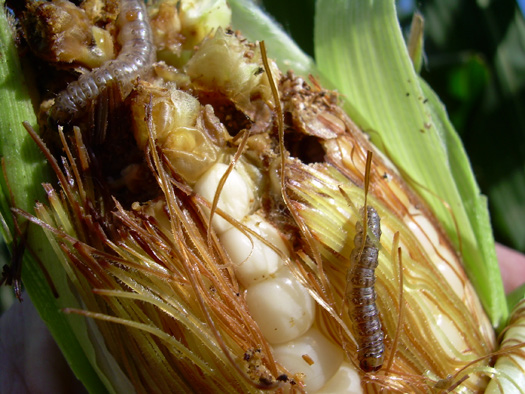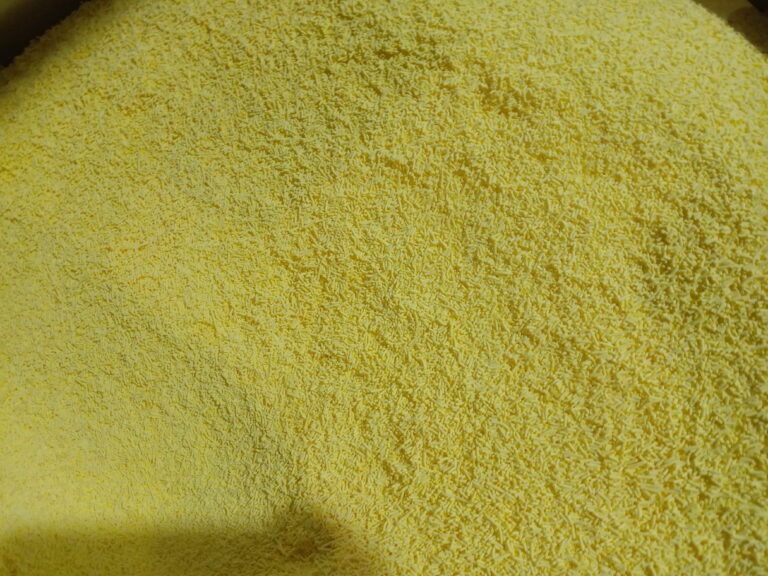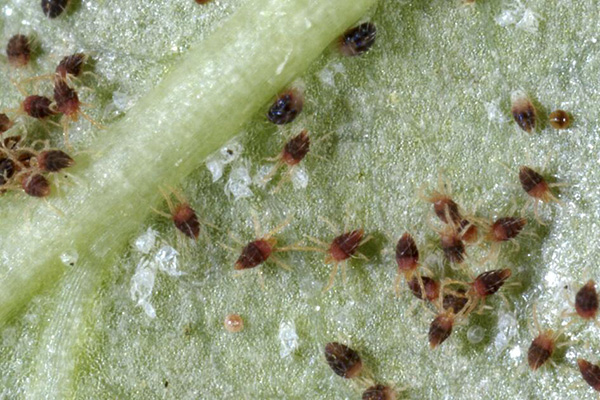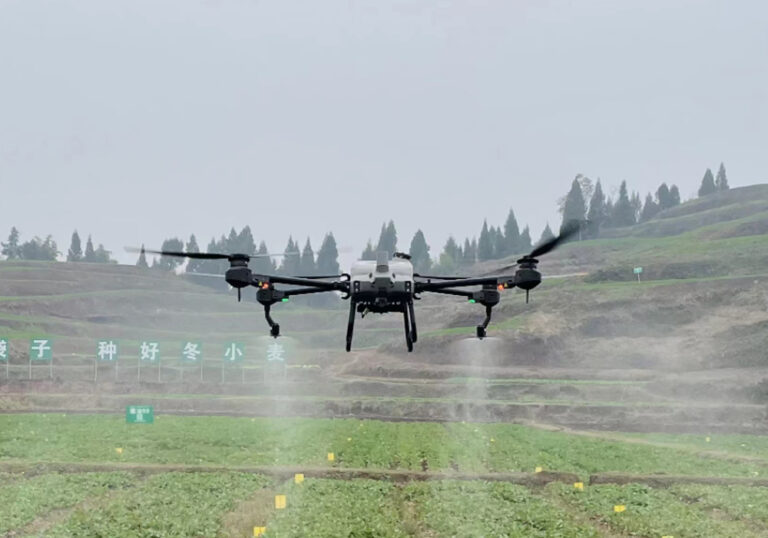
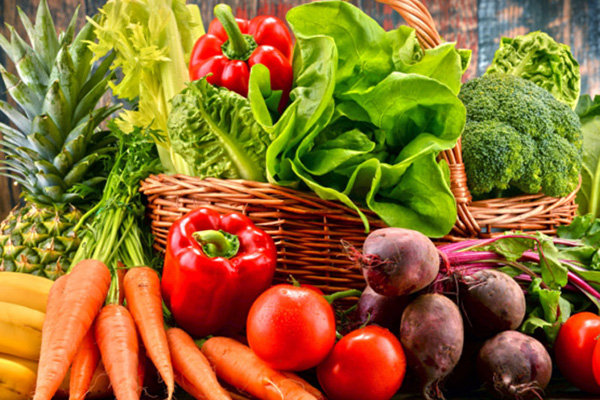
Introduction to Plant Growth Regulators (PGRs)
Plant Growth Regulators (PGRs) are vital tools in modern agriculture. These chemicals, even at low concentrations, can significantly influence plant growth and development. They can either promote or inhibit plant growth, depending on the specific PGR used. Their introduction has revolutionized the agricultural industry, playing a crucial role in improving crop yields and quality.
Historical Milestones of PGRs
The study of PGRs began in the early 20th century. In 1928, Dutch botanist P.W. Went discovered growth-active substances in plants. Over the next few decades, scientists like F.Kogl, A.T. Haagen-Smit, and K.V. Thimann contributed to isolating compounds such as Indole-3-Acetic Acid (IAA) and synthetic auxins like Indole-3-Butyric Acid (IBA). These discoveries paved the way for developing a variety of PGRs used in modern agriculture.
Main Types of PGRs
PGRs can be categorized based on their functions and chemical properties:
- Auxins
Auxins are one of the oldest and most widely used classes of PGRs. They promote cell elongation and are commonly used to stimulate root growth, reduce fruit drop, and improve overall crop yield. Notable examples include Naphthaleneacetic Acid (NAA) and Indole-3-Butyric Acid (IBA), widely applied in wheat, soybean, and fruit crops. - Gibberellins
Gibberellins (GA) are essential for regulating plant height, flowering, and seed germination. Discovered in the 1930s, these PGRs are primarily used to promote fruit development and delay aging in plants. They also play a critical role in breaking seed dormancy and stimulating stem growth. - Cytokinins
Cytokinins are known for their ability to promote cell division. These PGRs are used in tissue culture to induce shoot and root formation. They can also be applied to delay leaf senescence and enhance fruit set, increasing overall productivity in crops like tomatoes and cucumbers. - Abscisic Acid (ABA)
ABA is primarily known for its role in seed dormancy and stress responses. It is crucial for managing water loss in plants, making it vital for drought-resistant crops. It also aids in the regulation of stomatal closure, which is important during water scarcity. - Ethylene
Ethylene is a gaseous hormone responsible for regulating fruit ripening, flower senescence, and leaf abscission. PGRs like Ethrel are often used in fruit production to speed up ripening and enhance the quality of produce like tomatoes and bananas. - Brassinosteroids
Brassinosteroids (BRs) are a relatively recent addition to the group of PGRs. They enhance plant resistance to stress and improve crop yields. BRs are effective in increasing tolerance to cold, drought, and disease, making them valuable in improving plant survival rates under challenging conditions.
Applications of PGRs in Agriculture
PGRs are widely applied in various agricultural sectors:
- Cereal Crops: In wheat, corn, and rice, PGRs enhance root growth, improve seedling establishment, and increase yield.
- Vegetables and Fruits: In crops like tomatoes, cucumbers, and grapes, PGRs regulate fruit size, ripening, and post-harvest preservation.
- Horticulture and Forestry: PGRs are essential in regulating flowering, improving cutting propagation, and ensuring uniform plant growth in ornamental plants and trees.
Conclusion: The Future of PGRs
As technology advances, the use of PGRs continues to evolve. New synthetic and bio-based PGRs are being developed to meet the growing demand for sustainable agriculture. With increasing concerns about food security and climate change, PGRs will remain an indispensable tool in enhancing crop resilience and productivity, ensuring that farmers can continue to feed a growing global population.
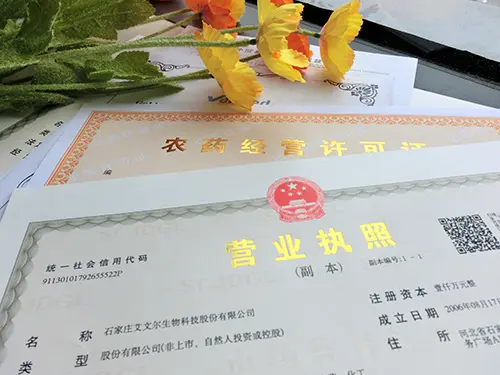
Certificate support
We provides various certificates, including SGS, IBO, and ICAMA. These certifications help customers gain a competitive edge in the market. Awiner assist clients in registering pesticides.
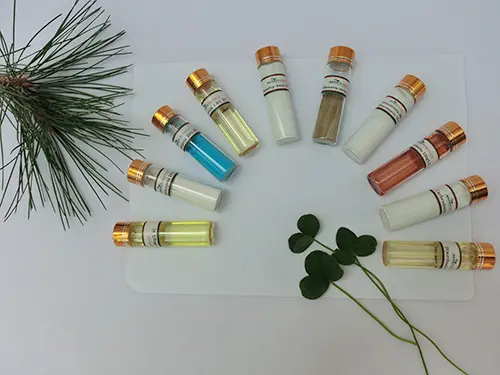
Customized pesticide formulation
A professional technical team will formulate pesticide single agents or combination products tailored to the local conditions and specific needs of crops in the customer’s region.

Support samples
Providing samples is part of our excellent service. Generally, samples can be provided within 3 days, and our staff will send them to customers as soon as possible according to the schedule.
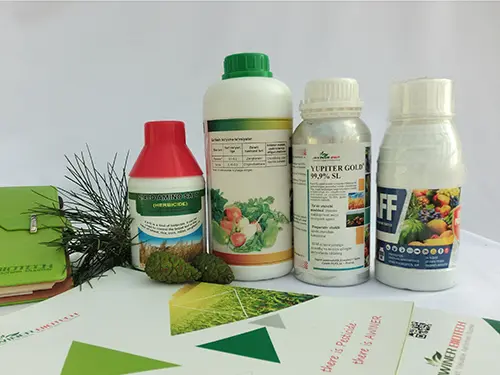
Packaging customization
Pesticide liquid bottles, aluminum foil bags, labels, logos, and more can all be customized to meet customer needs. Our professional design team provides quick design services for customers.
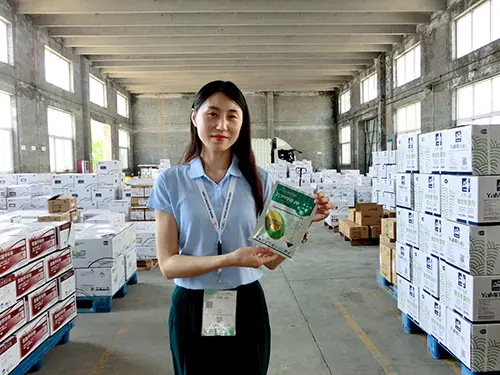
Market Assistance
We collaborate with multiple countries on pesticide exports and can provide customers with local market product data. This helps our clients quickly gain a foothold in the local market.
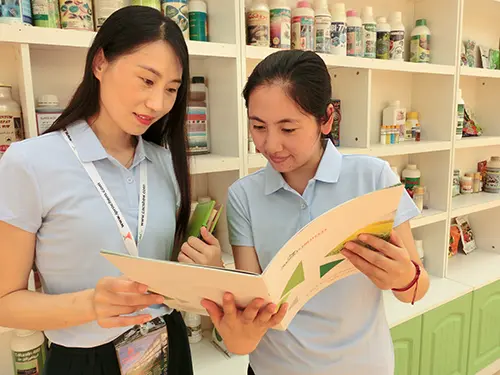
After-sales service
Pre-sales and production are our strengths, but our after-sales service is also a key advantage. Our professional after-sales team assists customers with customs clearance, sales, and other related issues.
